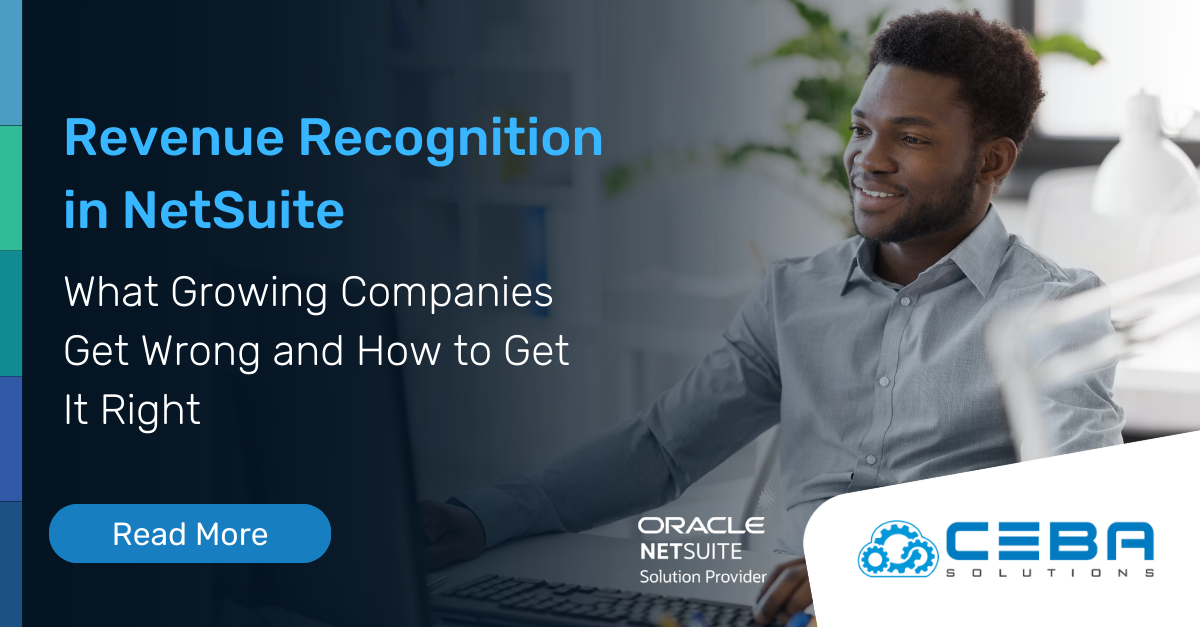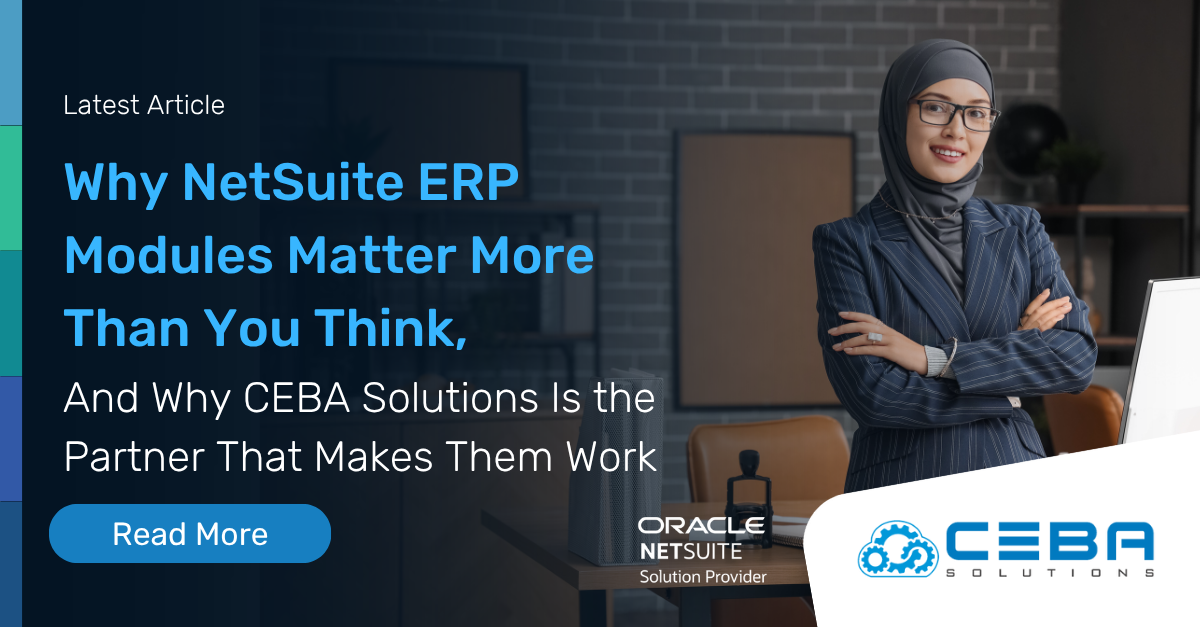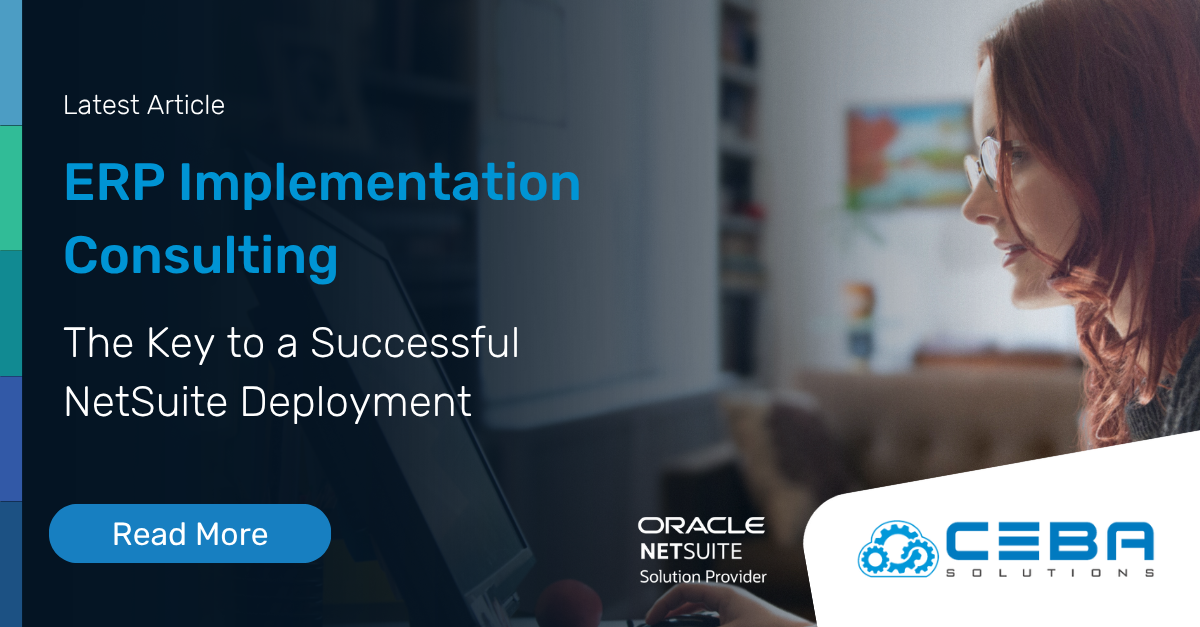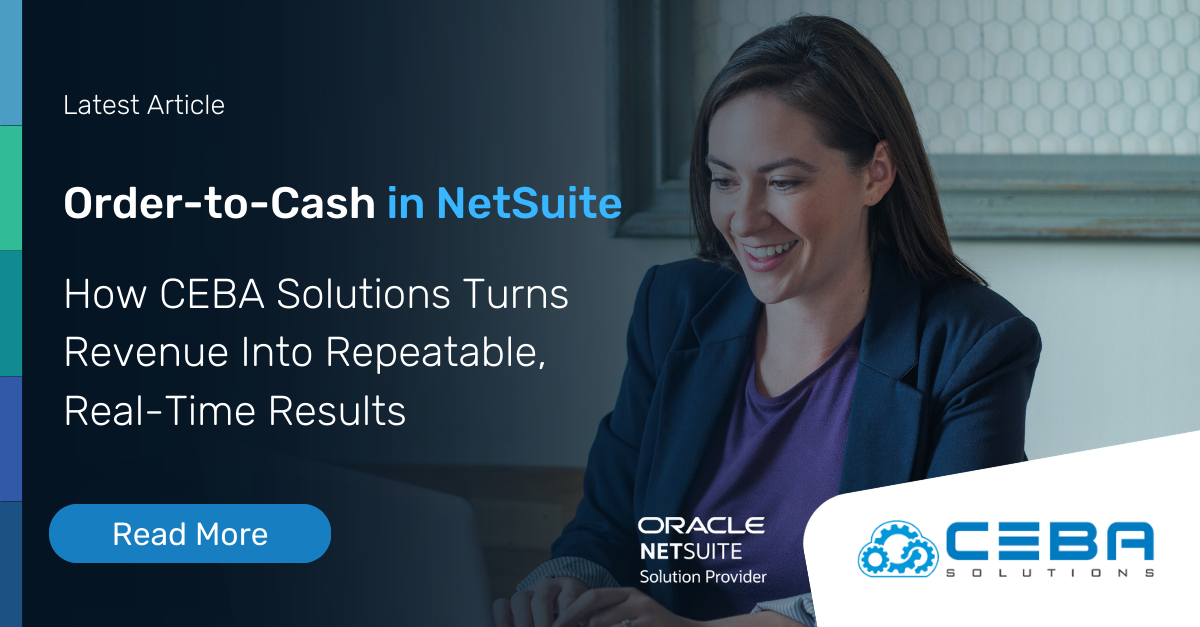
Top Cloud ERP Implementation Mistakes (and How to Avoid them)
Top Cloud ERP Implementation Mistakes (and How to Avoid them)
Cloud has become the deployment model of choice across many software sectors, including enterprise resource planning (ERP). As workhorses that manage most (if not all) of an organization’s activities, ERPs are being implemented in the cloud (21%) or via software-as-a-service (64%), with just 15% of global companies using on-premises ERP software.
With 84% of enterprise workloads now in the cloud, 30% of IT budgets being allocated to cloud computing, and most organizations leveraging an average of five different cloud platforms, the push to move software into the cloud has been going strong for years now. The global pandemic, which forced more people to work remotely, accelerated the trend.
“The COVID-19 pandemic has become the ERP market tipping point,” IDC’s Mickey North Rizza, told CIO, “quickly educating organizations on the need to digitize the business with modern cloud ERP systems.”
With the global ERP software market forecast to grow at about 7% in 2021, CIO says new spending is being driven by increased adoption from midsize organizations, particularly those moving to SaaS-based ERP. “But before you jump into an ERP project,” it cautions, “it’s best to be aware of the pitfalls enterprises have encountered before you.”

Download the Ultimate Guide to Oracle NetSuite
Learn why NetSuite is the #1 Cloud ERP for Small and Mid Size Businesses Focused on Unlocking Growth. Download the Guide
Know Before You Go
As with any major software implementation, the cloud ERP presents new challenges for companies that are using it for the first time. Where cloud-based software puts less strain on internal IT infrastructure and provides faster implementation times, simpler upgrades, subscription-based pricing, and high levels of security, it also requires an experienced implementation partner to get to these and other benefits within the desired timeframe.
“Cloud ERP implementations cannot be done with just a single click of your fingers,” Analytics Insight cautions. To ensure the best fit, it advises mapping out all goals for the implementation, and then using an effective and well-planned roadmap. That roadmap will help guide the implementation team through the process, and help break down larger goals into smaller, achievable steps.
In most cases, data migration is the biggest sticking point for companies that are moving from on-premises software to cloud-based ERP. In fact, just the idea of having to migrate data from one system to the next—and possibly losing or impacting that data in the process—can keep a company from moving to a modern, cloud-based ERP.
“For a successful ERP project, an organization needs to conduct an assessment of how legacy data is being stored, how it can be aggregated, unlocked, and aligned with the new ERP system,” CIO points out. “The organization also needs to figure out how it plans to integrate data from ERP, CRM, and other systems in order to provide a complete view of business processes.”
The right implementation partner can help you identify the current location of all relevant data and then come up with a plan for getting it into your new system in an effective and painless manner. That partner will also help you identify missing data, inconsistent data mapping, duplicate data, poorly-defined values, out-of-date data, invalid syntax, and other issues that can interfere with a successful data migration.

Get Your People Involved
Successful ERP implementations require the right mix of people, processes, and technology. If any part of that three-legged stool is left out, the results may not live up to expectations.
“The truth is, ERP technology will only be as good as the people using it,” TechGenix states. “So, the company is responsible for ensuring that the employees receive sufficient training.” For example, the chances of a successful ERP implementation go up significantly if your staff gets comprehensive training and is motivated to actually use the technology.
“What’s more, they should have enough know-how and expertise to carry out proper testing for determining whether the ERP system meets all the business expectations and requirements,” TechGenix continues. “Otherwise, the system will not perform correctly when deployed. Testing is also a great way to recognize what your employees have learned so far and highlight queries, so they can be resolved before the ERP goes live.”
Get Beyond the Planning Stage
The initial planning stages are an important aspect of any large project, but there’s also a tipping point where that planning becomes too much and begins to impact the overall success of the project. Because of their wide scope, ERP implementations can be especially prone to this kind of overthinking.

“It’s important to plan, but it’s also important to recognize that conditions on the ground change quickly, and [that] you can’t plan for everything,” CIO states. “Don’t go overboard with the planning phase to the extent that it stifles progress. If the planning stage takes too long, then the company will be losing out on all of the opportunities and benefits that an ERP upgrade can deliver, while competitors are gaining an advantage.”
A real opportunity to identify and redesign business processes, a successful ERP implementation requires buy-in across the organization. Be sure to allocate the proper resources, lay out your company’s needs, document the processes, and select an implementation partner that knows what it’s doing.
As a NetSuite Solution Partner, CEBA Solutions utilizes a time-tested methodology that not only ensures a successful implementation, but that also minimizes the challenges companies face when adopting a new cloud ERP. By working with a reliable partner like CEBA, and by following the advice outlined in this article, you’ll be well positioned to the get the biggest benefits out of your new cloud ERP.
The CEBA Solutions Methodology
As a NetSuite Solution Partner, CEBA Solutions utilizes a time-tested methodology that not only ensures a successful implementation, but that also minimizes the challenges companies face when adopting a new cloud ERP. By working with a reliable partner like CEBA, and by following the advice outlined in this article, you’ll be well positioned to get the biggest benefits out of your new cloud ERP.
CEBA’s methodology has been fine-tuned over many years and dozens of successful implementations. It features the following key components:
Project Preparation
During this phase, we work with you to understand your business goals, current pain points, and areas where you hope to see improvement. We also closely examine your current processes and systems to get a better sense of how they can be enhanced.
This phase aims to develop a detailed understanding of your business needs and objectives, so we can create a roadmap for the project to help ensure its success.
Project Planning
Once we have a good understanding of your business goals, we begin planning the project. This includes developing a detailed project schedule and assigning resources to each task. We also create a communication plan to ensure that everyone involved in the project is kept up-to-date on its progress.
This project phase is crucial for ensuring that everything runs smoothly and according to schedule.
Business Process Review and Re-engineering
During this phase, we closely examine your current business processes to identify areas where they can be improved. We then work with you to redesign those processes more efficiently and effectively.
This is an important step in the project because it helps ensure that your new ERP system is optimized for your business and that you get the most out of it.
System Configuration
Once the business process review and re-engineering phase are complete, we begin configuring the NetSuite system to meet your specific needs. This includes setting up users, roles, and permissions; configuring the financials, order management, and inventory modules; and integrating with any third-party systems.
This phase of the project is critical for ensuring that the system is set up correctly and that it can meet your specific business needs.
Testing
Once the system is configured, we begin testing it to make sure everything is working as it should. This includes running test scenarios, verifying that data is being processed correctly, and testing the integrations with third-party systems.
This project phase is essential for discovering potential issues with the system before it goes live.
Training
Once the system is up and running, we provide comprehensive training to your staff, so they know how to use it effectively. This includes both classroom-style training and one-on-one coaching.
This phase of the project is important for ensuring that your staff is properly trained on the system and that they can use it effectively.
Go-Live
After the training is complete, we go live with the system. This includes migrating your data to the new system and flipping the switch so that it’s live for your users.
This phase of the project is when you start using the system for real, so it’s important to ensure everything is working as it should.
Post-Go-Live Support
Once the system is live, we provide ongoing support to ensure that everything continues to run smoothly. This includes providing help desk support, resolving any issues that may arise, and offering advice on how to get the most out of the system.
This project phase is important for ensuring that you have someone to turn to if you run into any problems with the system.
About CEBA Solutions
CEBA Solutions is a cloud advisory and implementation firm specializing in NetSuite, the world’s number one cloud ERP. We work with companies of all sizes in a wide range of industries to help them take advantage of the many benefits of cloud computing. Our team has extensive experience with ERP systems and knows how to get the most out of NetSuite.
Whether you’re just starting to explore the idea of moving to the cloud or you’re ready to take the plunge, we can help. We offer various services, including cloud assessments, implementation and integration, business process redesign, customizations, training, and support.









